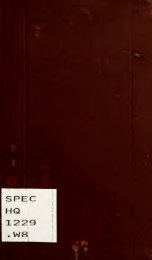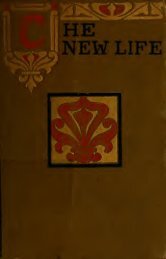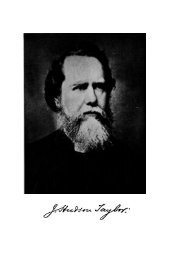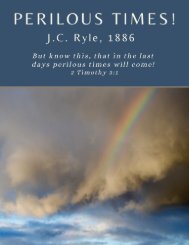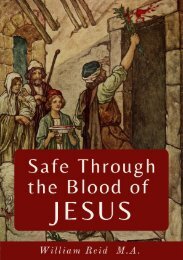The Case For Christ
The Case for Christ records Lee Strobel's attempt to "determine if there's credible evidence that Jesus of Nazareth really is the Son of God." The book consists primarily of interviews between Strobel (a former legal editor at the Chicago Tribune) and biblical scholars such as Bruce Metzger. Each interview is based on a simple question, concerning historical evidence (for example, "Can the Biographies of Jesus Be Trusted?"), scientific evidence, ("Does Archaeology Confirm or Contradict Jesus' Biographies?"), and "psychiatric evidence" ("Was Jesus Crazy When He Claimed to Be the Son of God?"). Together, these interviews compose a case brief defending Jesus' divinity, and urging readers to reach a verdict of their own.
The Case for Christ records Lee Strobel's attempt to "determine if there's credible evidence that Jesus of Nazareth really is the Son of God." The book consists primarily of interviews between Strobel (a former legal editor at the Chicago Tribune) and biblical scholars such as Bruce Metzger. Each interview is based on a simple question, concerning historical evidence (for example, "Can the Biographies of Jesus Be Trusted?"), scientific evidence, ("Does Archaeology Confirm or Contradict Jesus' Biographies?"), and "psychiatric evidence" ("Was Jesus Crazy When He Claimed to Be the Son of God?"). Together, these interviews compose a case brief defending Jesus' divinity, and urging readers to reach a verdict of their own.
Create successful ePaper yourself
Turn your PDF publications into a flip-book with our unique Google optimized e-Paper software.
it in very small writing, or what we call 'micrographic' letters.<br />
This Places him as proconsul of Syria and Cilicia from 11 B.C.<br />
until after the death of Herod."<br />
I was confused. "What does that mean?" I asked.<br />
"It means that there were apparently two Quiriniuses," he<br />
replied. "It's not uncommon to have lots of people with the same<br />
Roman names, so there's no reason to doubt that there were two<br />
people by the name of Quirinius. <strong>The</strong> census would have taken<br />
place under the reign of the earlier Quirinius. Given the cycle<br />
of a census every fourteen years, that would work out quite<br />
well."<br />
This sounded a bit speculative to me, but rather than bog down<br />
this conversation, I decided to mentally file this issue away for<br />
further analysis later.<br />
When I did some additional research, I found that Sir William<br />
Ramsay, the late archaeologist and professor at both Oxford and<br />
Cambridge Universities in England, had come up with a similar<br />
theory. He concluded from various inscriptions that while there<br />
was only one Quirinius, he ruled Syria on two separate occasions,<br />
which would cover the time period of the earlier census.<br />
Other scholars have pointed out that Luke's text can be<br />
translated, "This census took place before Quirinius was<br />
governing Syria," which would also resolve the problem.<br />
<strong>The</strong> matter was not as precisely pinned down as I would like.<br />
However, I had to admit that McRay and others had offered some<br />
plausible explanations. I could conclude with confidence that<br />
censuses were held during the time frame of Jesus' birth and<br />
that there is evidence people were indeed required to return to<br />
their hometowns-which I still thought was odd!<br />
PUZZLE 2: EXISTENCE OF NAZARETH<br />
Many <strong>Christ</strong>ians are unaware that skeptics have been asserting for<br />
a long time that Nazareth never existed during the time when the<br />
New Testament says Jesus spent his childhood there.<br />
n an article called "Where Jesus Never Walked," atheist Frank<br />
Zindler noted that Nazareth is not mentioned in the Old<br />
Testament, by the apostle Paul, by the Talmud (although sixtythree<br />
other Galilean towns are cited), or by Josephus (who listed<br />
forty-five other villages and cities of Galilee, including Japha,<br />
which was located just over a mile from present-day Nazareth). No




